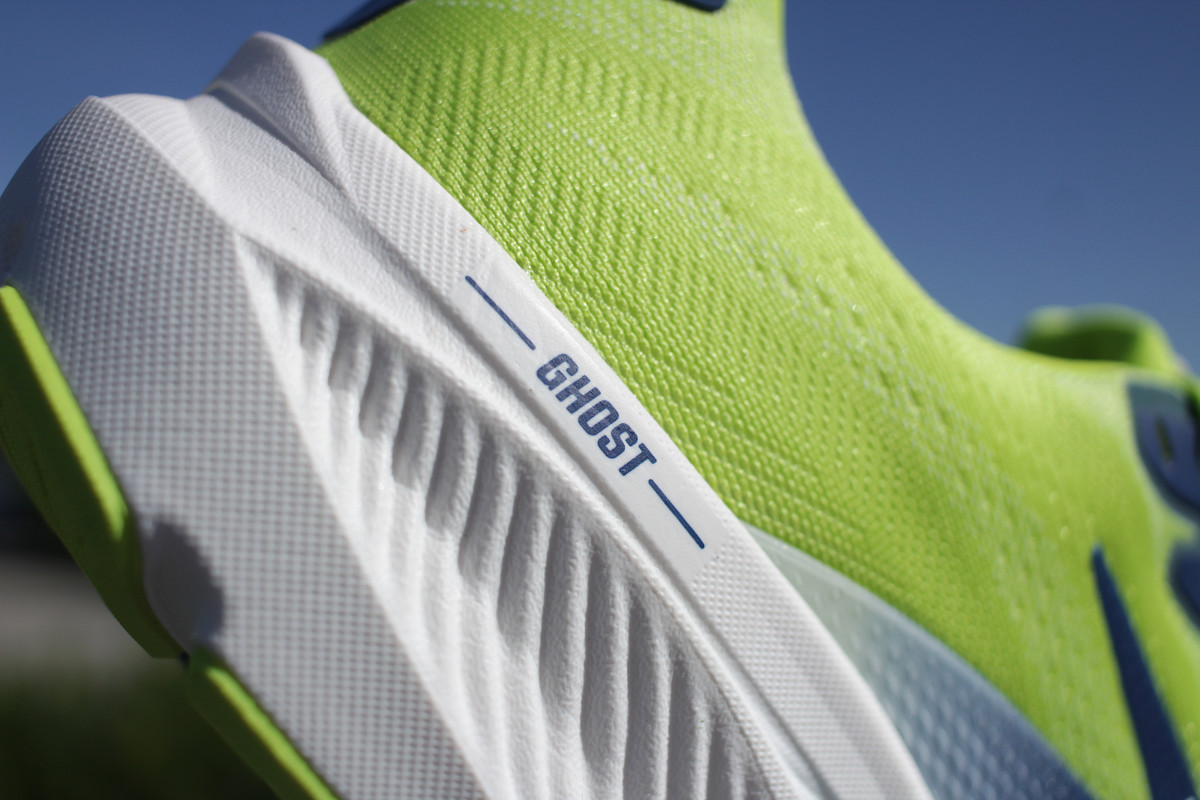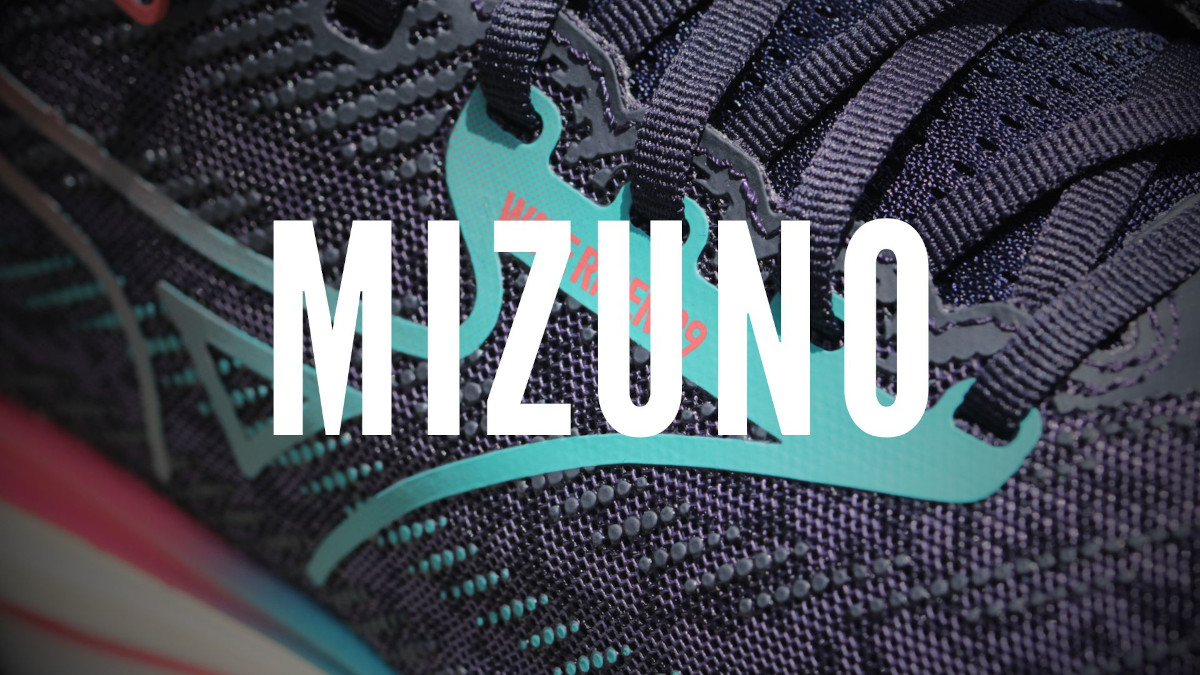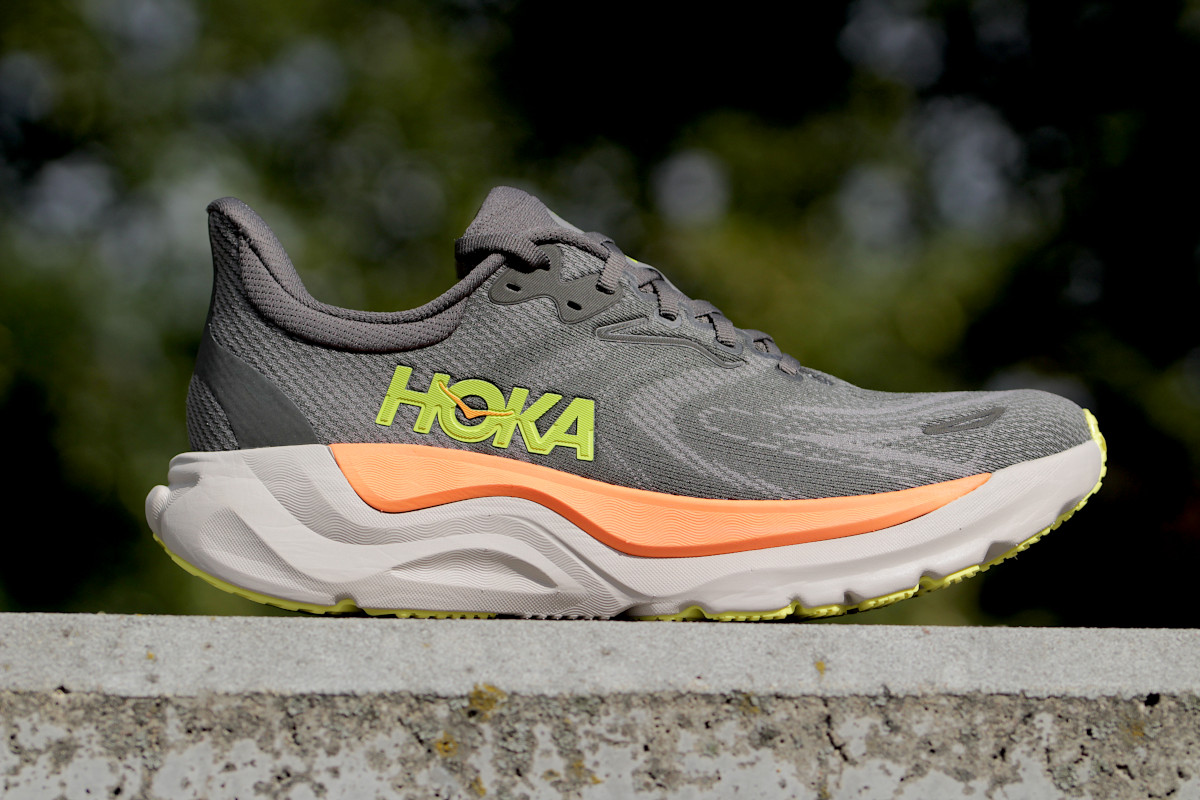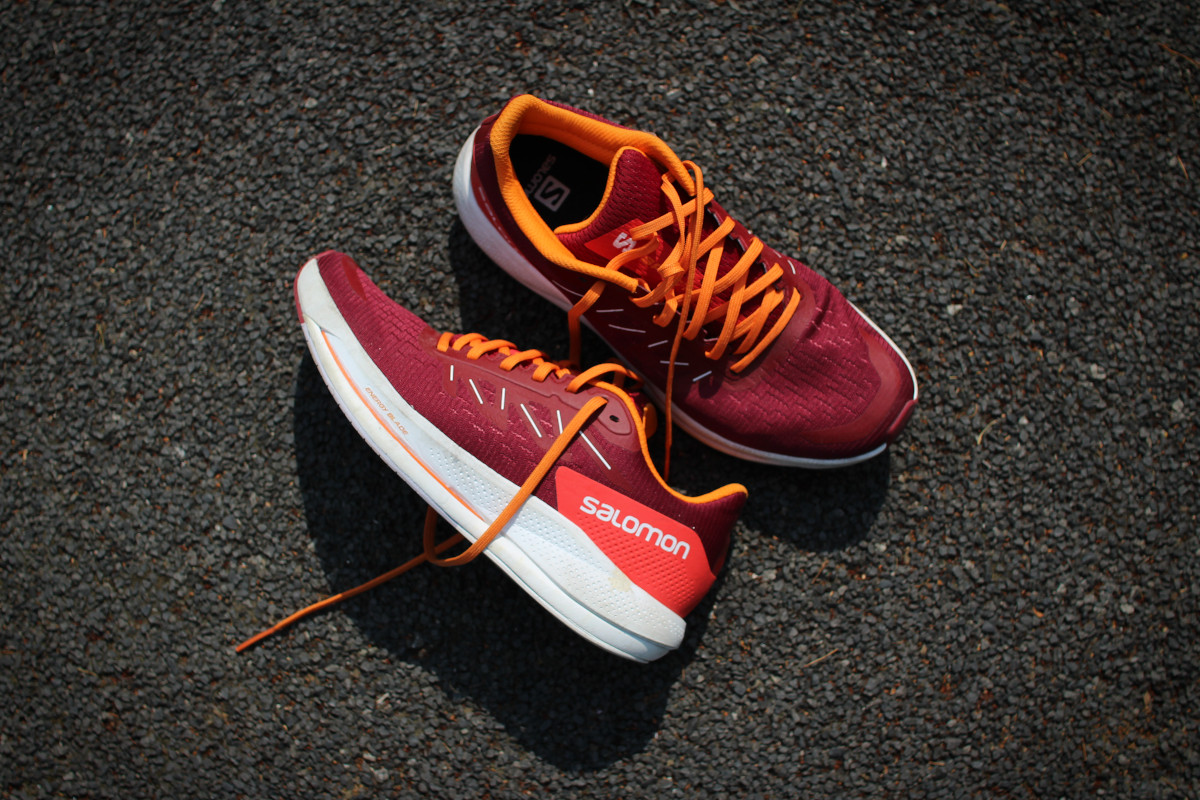Stack height is more than just the number of centimeters of foam under your foot. It affects your running comfort, stability, ground feel, the flexibility of your shoes, and how you land. In this article, we break down this topic into its basic elements and explain why this parameter is more important than you might think.
Why Stack Height Matters
Yes, it does, and it’s significant. The height or thickness of the midsole, also known as the stack, has a fairly obvious impact on several things:
- Cushioning. This is the most natural effect because the thickness of the midsole can easily be adjusted to make one shoe more cushioned than another. In any case, if two shoes have soles made of the same type of foam, the shoe with more foam will be more cushioned. When it comes to shoes from different brands with different types of foam, the shoe with the higher midsole will usually have better cushioning. It’s simply easier to pack more cushioning technology into a larger midsole.
- Ground feel. Here, the rule works in reverse. The lower the midsole, the greater the ground feel. This is obvious because the less that separates your foot from the ground, the more you can feel. With barefoot shoes, you can feel even the slightest unevenness in the surface. It’s almost like running barefoot. At the opposite end of the spectrum are maximalist shoes, in which you can run on a rocky road and practically not feel it.
- Flexibility. It’s also logical that the thicker the midsole, the greater its resistance to bending. One centimeter of foam in a minimalist shoe can easily be bent by hand. Four centimeters of foam in a maximalist shoe will be somewhat flexible, but the shoe will be much harder to bend and significantly stiffer.
Minimalist vs Maximalist Running Shoes
The stack height determines the type of shoe. Of course, the reverse is also true: the type of shoe determines how thin or thick the midsole will be. Both statements are correct. Thus, we have shoes:
- Minimalist shoes have a few millimeters to several centimeters of foam. Among these, we can distinguish barefoot shoes, which are basically thin covers that protect your feet from small stones when you walk “barefoot.” The midsoles have no foam, just a thin layer of rubber that is 3–8 millimeters thick. Slightly higher minimalist shoes have foam soles, but they are no more than a few millimeters thick. These shoes are for people who are conscious of their surroundings and focus on feeling the ground and the natural movement of their feet rather than cushioning. These are niche shoes.

- Shoes with a standard height have a stack height ranging from 20 to 32-33 millimeters. This thickness of the midsole offers cushioning while maintaining ground feel. While you can find better and less cushioned shoes here, you won’t find the best cushioned models. This range covers about 70% of the shoes that have appeared on the blog. However, it should be noted that shoe sizes are increasing every year.

- Maximalist shoes have the highest stack height, over 32-33 millimeters. They provide the most cushioning and the least ground feel. There are two main types of shoes in this category. The first type is the maximally cushioned shoe, also known as the “max-cushioned shoe,” which is designed to provide maximum cushioning. The second type is carbon starting shoes, whose midsole consists of two main elements: a carbon fiber plate and a large amount of springy foam. These shoes are for people who are looking for cushioning (and sometimes dynamics) rather than ground feel.

How Is Stack Height Measured?
World Athletics is the only organization that provides a systematic method of calculating height. At one point, World Athletics limited the “arms race” by setting the maximum midsole height in approved street racing shoes at 40 millimeters. This value is still valid today. The same federation specifies the rules for measuring shoes.
- First, the midsole thickness should be measured at the center of the forefoot and heel. This distance is measured from the inner top layer of the midsole to the outer bottom layer that comes into contact with the ground. The stack also includes all types of insoles.
- Second, the center of the forefoot is the midpoint of the shoe at 75% of its inner length. The center of the heel is the midpoint of the shoe at 12% of its inner length. For a size 42 EU standard shoe, the center of the forefoot is approximately 203 millimeters from the back of the shoe and the center of the heel is approximately 32 millimeters from the back of the shoe.
- Third, maximum midsole thicknesses are based on the midsole thickness of a size 42 EU shoe. Shoes above this size may have slightly thicker midsoles than standard sizes of the same brand and model.

How Do Brands Measure It?
Producers do not always calculate this in the same way as the World Federation. For a long time, official manufacturer data only included the value of the midsole. This data did not account for the internal removable insole. Nor did it account for the few millimeters of the outsole. On paper, these shoes appear lower.
For some time now, most producers have been providing the total stack height. This is in line with how World Athletics calculates height. The sole’s thickness includes the entire shoe’s height, i.e., the outsole, midsole, and insole. This makes the shoes look better “on paper,” and I think the manufacturers have taken this argument into account. It is also in line with official measurements. Nevertheless, some producers (a dwindling number) still only specify the midsole thickness in their data.
Should You Care About This When Buying Shoes?
Generally speaking, no. What’s important is that the shoe fits your running style, where you run, how much you run, your weight, how much cushioning you need, and your speed. Your individual preferences are also important, and if you choose the right shoe, it will have the right heel height for you. If you are heavier, you will naturally choose a shoe with a midsole of almost four centimeters. If you prefer something less cushioned, choose shoes with a midsole height of about three centimeters. However, if you want ground feel and a natural stride, choose a height of two centimeters or less.




